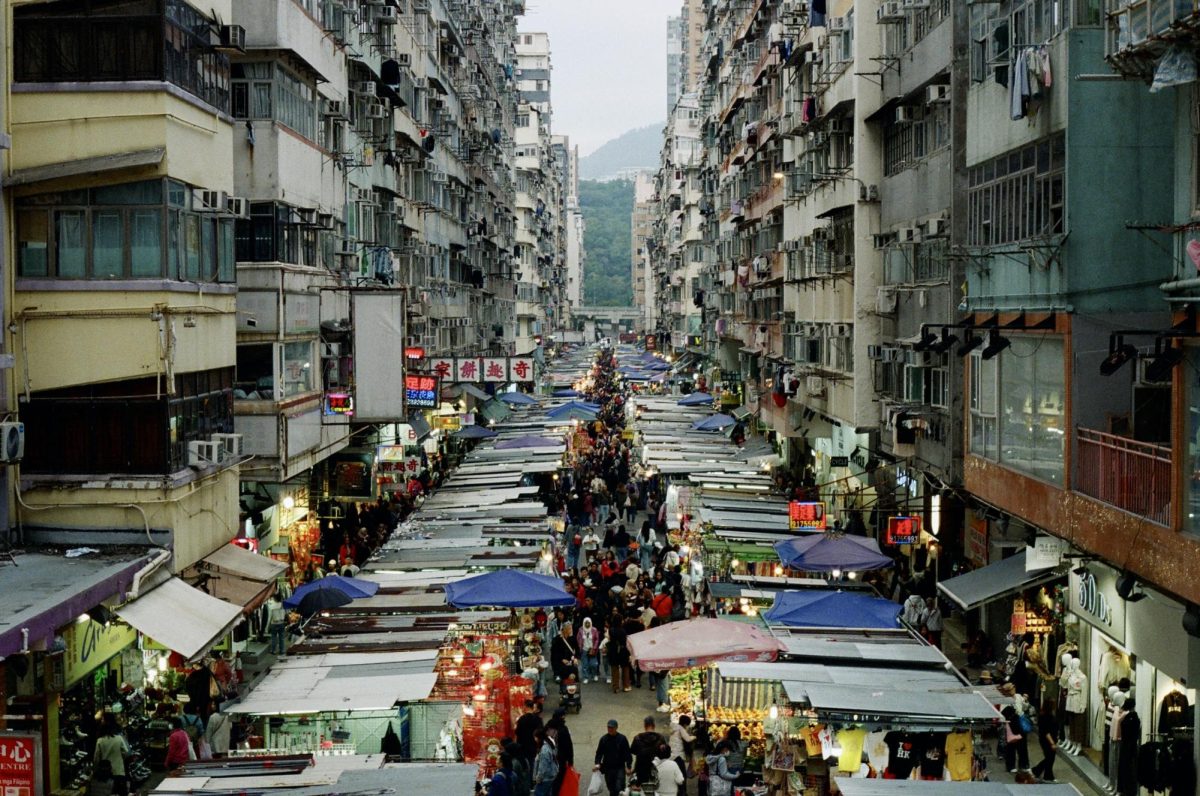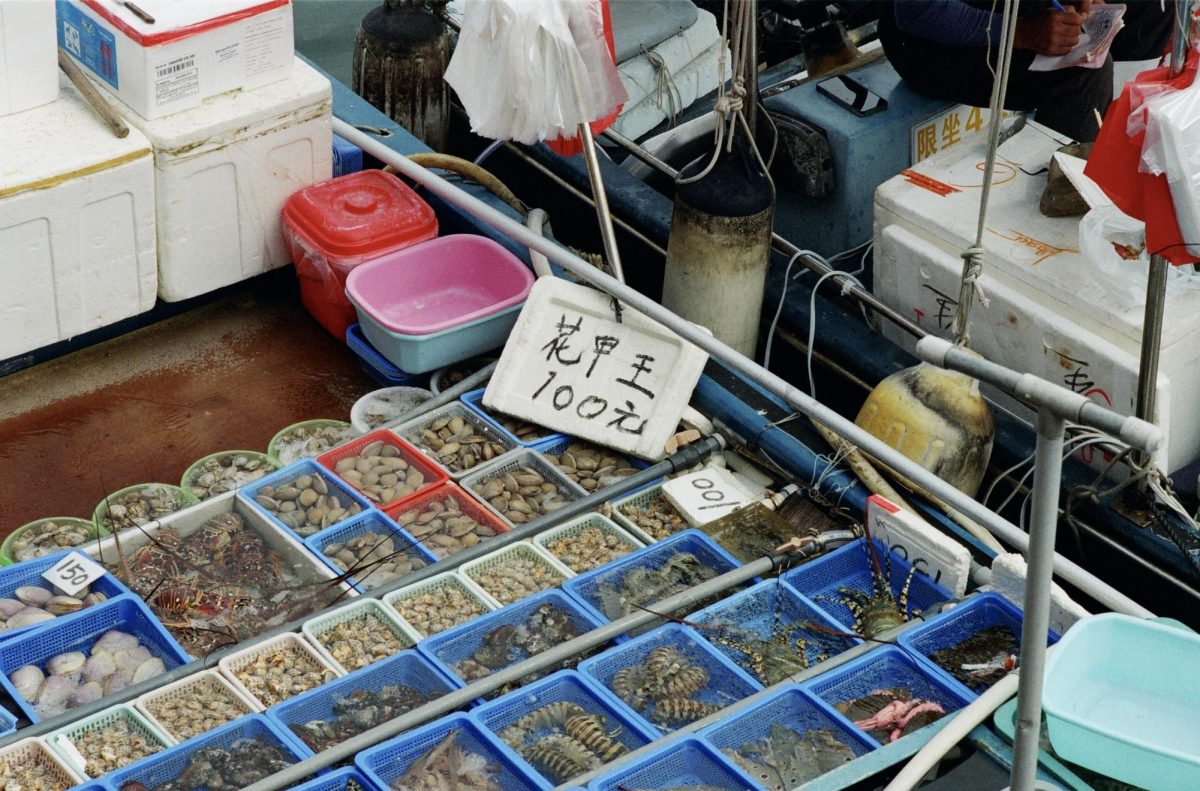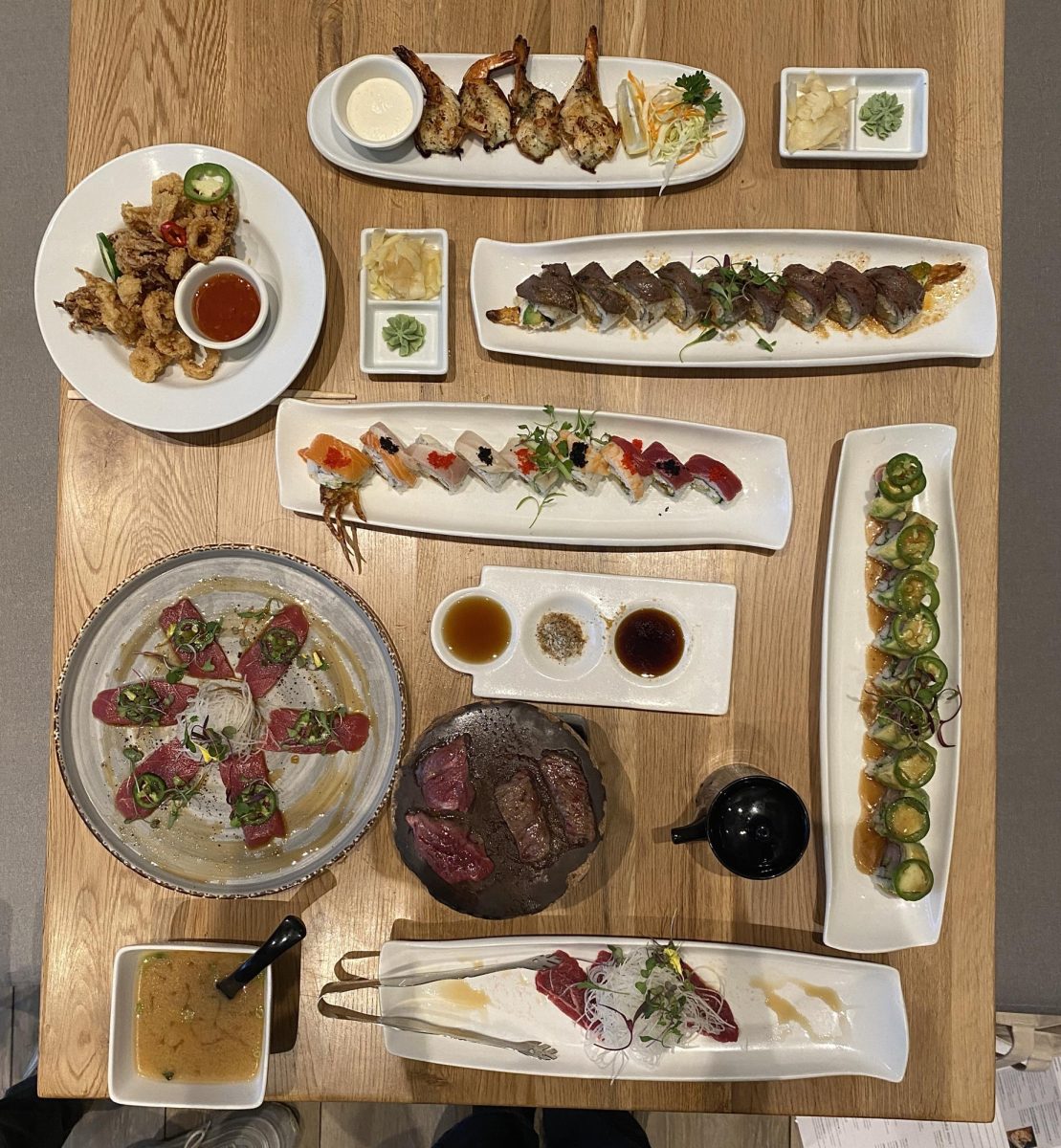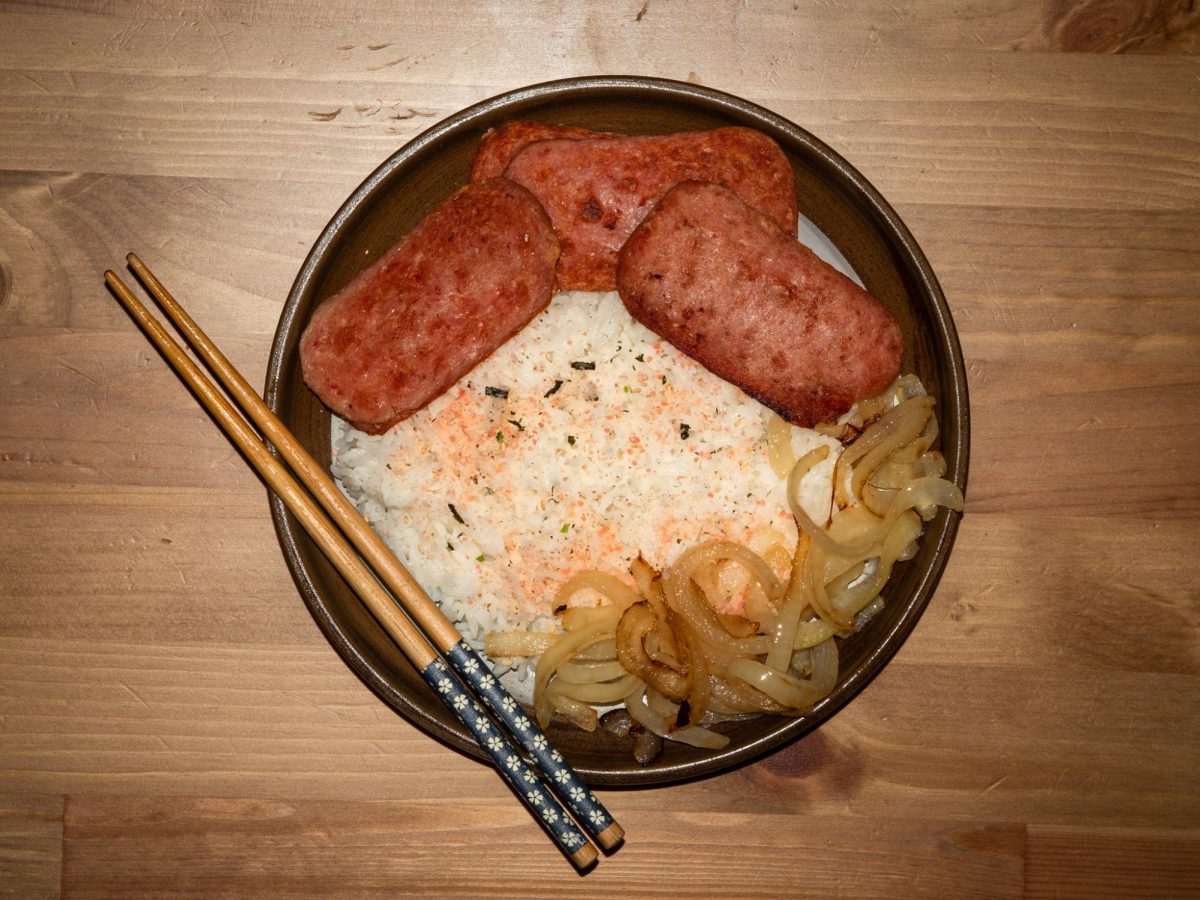“Where is home for you?”
This common question is never an easy one for me. After what feels like endless deliberation, I tend to settle on: “It’s complicated.”
Though I was born in the United States, my instinctive answer is usually Hong Kong — the place where I grew up. The city-sized country was where I lived with my parents, brother, six aunts, nine uncles, and an army of family friends for 11 years. They were the village that I was lucky to have so close to me for the bulk of my childhood.
But, when I was 11 years old, my family moved back to the U.S. in search of better educational opportunities for me and my brother. Living 7,000 miles away from my relatives and friends and being cut off from all familiar ways of life was and continues to be my greatest challenge in life.
Hong Kong’s cultural identity is distinct yet unstable, constantly under the pressure of external influences due to its colonial history. The trilinguality of Hong Kong is an example of this — the city speaks Cantonese, Mandarin, and English. The peculiar character of the city is precious to me because it’s the reason I am who I am today: someone that can understand, connect, and coexist with people from different cultures. This city and its people inspire me to embrace and incorporate both Eastern and Western values into my life and identity.
However, many political, economic, and cultural changes have disrupted the harmonious blend of values that the city was built on, threatening the parts of Hong Kong that I identify most with. With each infrequent visit to Hong Kong, I felt the city’s once-familiar essence slowly fade, even though my family tried to return as often as possible. While some places were just as I remembered, there were just as many restaurants, buildings, malls, and stores that grew unrecognizable to me.
It’s hard to call Hong Kong “home” when I feel so physically and emotionally disconnected from the city, my family, and my friends. Stuck in America, there are few to no opportunities to practice my Cantonese and Mandarin, which has reduced my confidence in my ability to navigate my home country and communicate in these languages.
When the COVID-19 pandemic hit, this disconnect was compounded — I was unable to return to Hong Kong for five years, the longest I had ever been away. During this time, there was not a day that I didn’t reminisce about my home. I desperately wanted to relive and hold on to the feeling of home that Hong Kong used to evoke.
This past winter break, my family finally got to return. I took the opportunity to intentionally reconnect with the city. I wanted to dig deep, searching for the parts of Hong Kong that, upon one glance, could transport me back to a time when my idea of “home” was that one, simply undeniable, place.
Between seeing family and friends and revisiting my old stomping grounds, I used my camera to capture scenes with great sentimental value: bustling crowds, hidden fishing villages, neon signs, secluded beaches, stunning skyscrapers, and hole-in-the-walls. On film, I wanted my images to fully encapsulate the vintage feel of Hong Kong, a characteristic of the city that is widely recognized and praised by film photographers around the world. Through this process, I was able to honor my high regard of Hong Kong’s aesthetic while also creating a permanent archive of childhood memories, like falling asleep in the back of the car while watching the towering skyscrapers or spontaneous weekend trips to once-quiet fishing villages.
Prior to this trip, I had coincidentally decided to take Chinese courses at UCSD, which perhaps was the result of a subconscious longing for reconnection. For me, formally relearning Mandarin has been an experience that extends beyond expanding my language skills for future career opportunities, but also improving my Cantonese and the strength of my Hong Konger identity.
Once back in Hong Kong, I got to put these language skills into practice. I was able to better communicate with my parents, grandmother, uncles, aunts, and community, many of whom cannot speak or understand English. While exploring, I found myself paying extra attention to signs that were written in Chinese because — for the first time since I was a kid — I could finally read some of them. I felt a novel exhilaration from using my Cantonese to explore strange bus routes, ask for locally-recognized modifications at restaurants, and explain my American accent to random strangers. Navigating the city all on my own was liberating and gave me a newfound confidence in myself. Hong Kong, once again, became a place of comfort, security, belonging, and pride.
This trip back to Hong Kong has reminded me how language can be a way to stay connected to a time and place I miss dearly. Being able to communicate in these languages of Hong Kong, either individually, with a blend of two, or a mix of all three has helped me cope with being so far away from family and all the changes happening in my country.
In these images, I am proud to have captured the Hong Kong that I got to relive this winter: A place that makes me feel such profound comfort and security, that I am unafraid to express myself the way that feels the most like home to me.












Elana • Mar 3, 2025 at 11:35 am
I admire the work you put in to relearn Mandarin and how it enabled you to be closer to home. I also admire your unwavering sense of home. The photos are beautiful and I can see your love for the place so clearly. Thank you for sharing.
Lina • Mar 3, 2025 at 11:32 am
Very well articulated article that beautifully captures the struggle of connecting with one identity while being fully immersed in two cultures in one lifetime. The photos are incredible and I love everything about this.